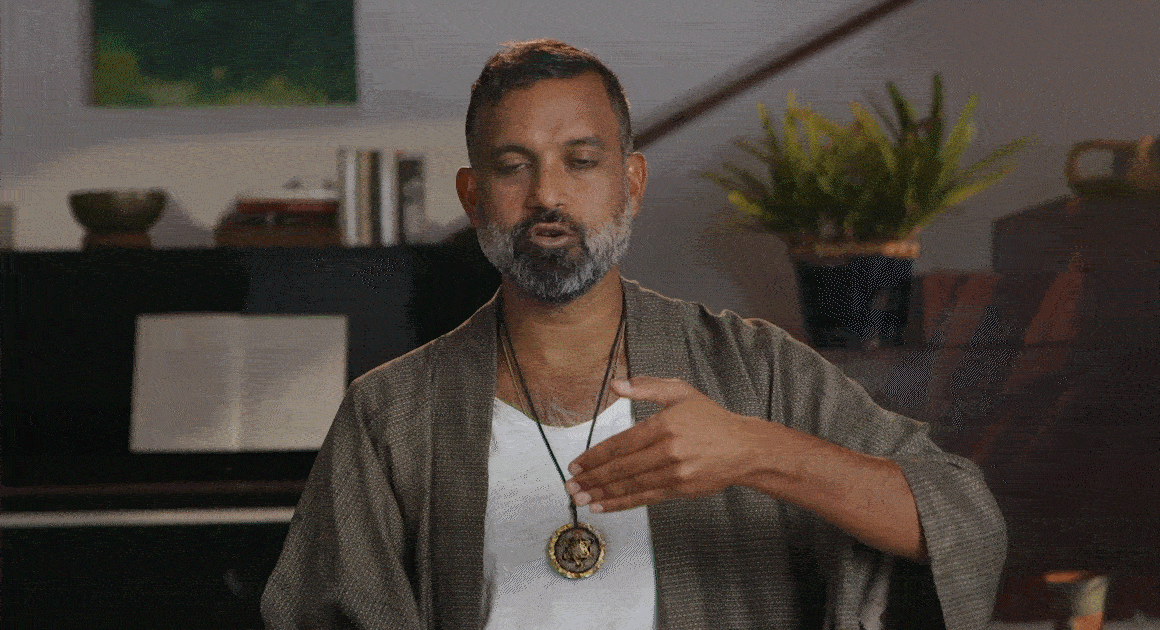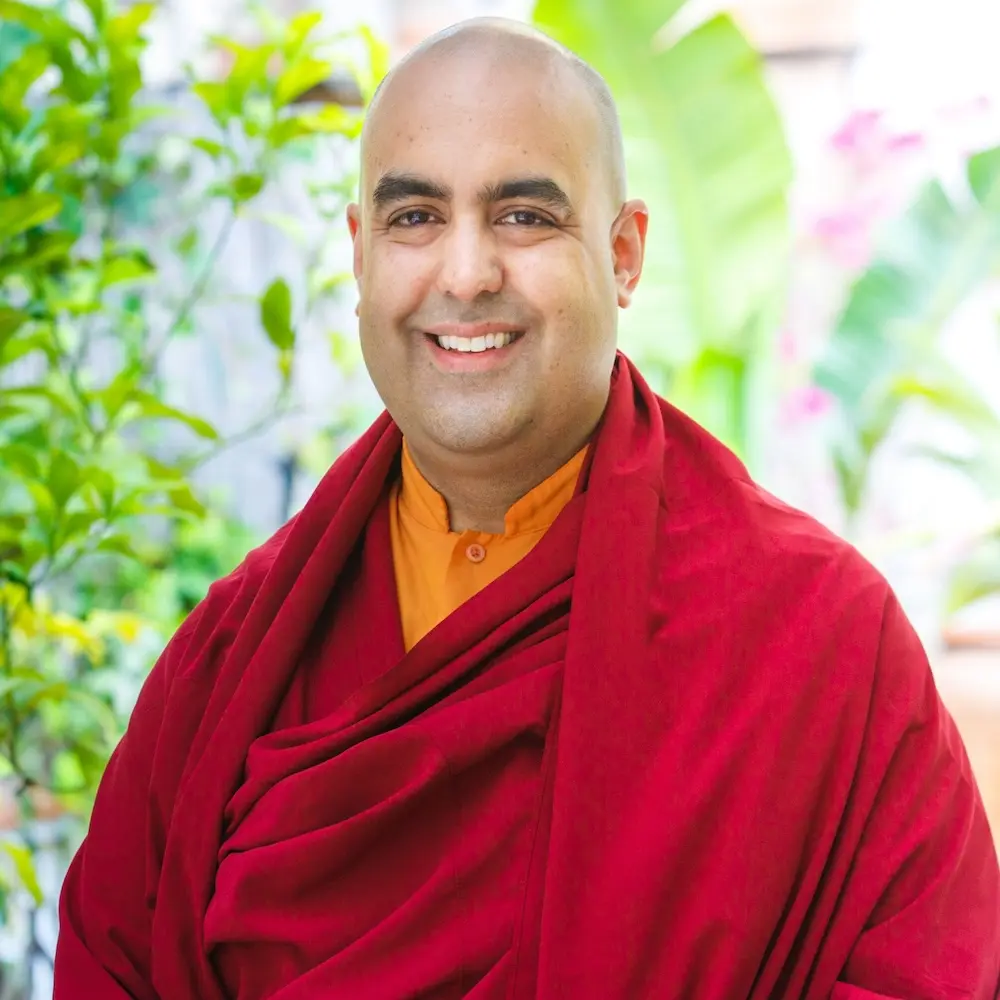If there is one single practice that can make you truly happy and alive, it will be mindfulness. And mindfulness activities are the only ones that can knock you out of autopilot mode and bring you back to your spiritual essence.
The good news is that you don’t need to become a mystic or meditate for hours to experience the magic of mindfulness. You can practice it without compromising your modern lifestyle or social life.
Most importantly, being conscious allows you to respond to life from a place of clarity that is never outside of the present moment.
Why are mindfulness activities important?
Mindfulness is a way of living. It’s a moment-to-moment state of awareness of whatever is happening within and outside of you. When you’re mind is in the present, you’re aware of your thoughts, emotions, and physical sensations—everything that makes up your human experience.
Most importantly, mindfulness can make any experience spiritual, according to Dr. Tal Ben-Shahar, the co-founder of the Happiness Studies Academy and trainer of Mindvalley’s The 5 Elements of Happiness program. “It can turn any ordinary experience into an extraordinary one,” he adds.
Here are a few reasons why mindfulness activities are essential—all backed up by science:
- By focusing on the present moment, you can reduce stress and anxiety.
- Mindfulness can improve communication and emotional intelligence, leading to better relationships with others.
- This practice boosts happiness levels and reduces symptoms of depression.
- When you’re in the present, you become more aware of your thoughts and emotions. As a result, you understand yourself better and make positive changes in your life.
Before you embark on this journey, remember that there’s no good or bad practice, as well as no age limitation to it. So you can incorporate the same mindfulness activities for kids and practice them together.
3 mindfulness activities in the morning
Starting your day with mindfulness can set a conscious tone for the rest of your day. So, what are some mindfulness activities you can do in the morning? Here are three great options:
1. Body scan meditation
Before you get out of bed, mindfully scanning your body is a great way to get attuned to your physical and emotional bodies.
How to do it:
- Lie down on your back with your arms and legs stretched out.
- Take a few slow breaths in and out.
- Start scanning your entire body, from the tips of your toes to the top of your head, noticing any sensations or emotions attached to this or that part of the body.
- If there is any tension, breathe into that area and gently release it without judgment.
- Each time you notice that your mind has wandered, acknowledge it, and bring your attention back to whatever body part you were focusing on.
2. Mindfulness meditation
Like body scan meditation, mindfulness meditation is about observing your thoughts, emotions, and bodily sensations. Contrary to the common belief that meditation is challenging and takes time, anyone can practice mindfulness meditation for five minutes in the morning without any prior training or superpowers.
According to Gelong Thubten, a Buddhist monk and trainer of Mindvalley’s Becoming More Loving program, mindfulness meditation can be as simple as breathing, noticing, and returning. It’s so simple that it’s also one of the best mindfulness activities for teens.
How to do it:
- Sit comfortably, close your eyes, and focus on your breath.
- When you notice you have lost your focus, return to your breath.
- Do this for 5–10 minutes to start your day in a peaceful state.
Read more: What Is Mindfulness? 2 Mindfulness Myths Dispelled
3. Brush your teeth with a non-dominant hand
The ultimate purpose of mindfulness meditation is to take it into your day. Brushing your teeth and noticing the movement of your hands every morning will help you build the habit of being present in everything you do. And you can take it to the next level by doing it with your non-dominant hand.
Not only will it help you be more aware, but it will also stimulate your brain, according to Jim Kwik, a brain coach and trainer of Mindvalley’s Superbrain program. “Eating or brushing your teeth with the opposite hand creates more neurological connections,” he adds.
Learn more about powerful morning habits in this video with Jim Kwik
3 mindfulness group activities
Mindfulness activities can be even more fun and effective when done in a group. Most importantly, when you do it collectively, it makes your intention even more powerful. Here are three activities you can do with friends or family:
1. Love and kindness meditation
Love and kindness meditation allows you to go beyond yourself—beyond the limitations of the self. The more you practice it, the deeper and more genuine your love and kindness will get.
How to do it:
- Wish for the people around you to experience happiness and pleasure to their utmost levels.
- Start feeling genuinely happy for someone you love.
- Expanding this feeling to people who have hurt or wronged you.
- Extend your wish to strangers, the entire planet, the world, and other living beings.
2. Do yoga
Doing yoga together is one of the best ways to strengthen the bonds between you and your partner or family members. For example, you can do the Surya Namaskar sequence, also known as “Sun Salutation.” According to Ronan Diego, the head of Health & Fitness at Mindvalley, this yoga sequence is one of the best mobility training exercises to prepare you for the day ahead.
How to do it:
- Begin in Mountain Pose with your hands in a prayer position at your heart.
- Inhale and lift your arms up and back, arching your spine slightly as you look up.
- Exhale and fold forward, bringing your hands to the ground beside your feet.
- Inhale and hop back to the plank pose.
- Exhale and lower down to Chaturanga Dandasana (low push-up).
- Inhale and lift your chest into an upward-facing dog.
- Exhale and push back into the downward-facing dog.
- Inhale and step your right foot forward into a lunge, keeping your left knee bent.
- Exhale and step your left foot forward to meet your right foot, folding forward.
- Inhale and rise up to stand, lifting your arms up and back as you arch your spine slightly.
- Exhale and return to Mountain Pose.
- Repeat this complete cycle a few times.
Synchronizing your breaths with your movements is key.
Read more: Want a Powerful Energy Boost? Try This Simple Morning Yoga Routine
3. Chant mantras
Chanting mantras together can be a powerful mindfulness activity. It can also be used as a warmup before any teamwork.
For example, many yoga classes incorporate mantra chanting at the beginning of the class to create a peaceful and meditative space and help practitioners focus on the practice. In the same way, you can chant mantras to amplify the collective energy and create an inducive atmosphere for creativity and cooperation, regardless of the mantra’s religious connotation.
Read more: A Beginners Guide to the Sacred Buddhist Mantras
3 stress-relieving mindfulness activities
Studies show that mindfulness-based activities alleviate anxiety and reduce stress. Most importantly, they help you develop emotional regulation and increase your resilience.
Here are three stress-relieving rituals you can incorporate into your day:
1. SOMA Breath®
SOMA Breath® is a conscious breathing technique created by Niraj Naik, who’s also the trainer of Mindvalley’s Breathwork for Life program. Think of it as a pharmacy of breathing techniques customized to you and your needs and powered by rhythmic music.
It helps you regulate your emotional responses, manage daily stress, improve sleep, and turn on bliss on command.
One such technique is based on extending your exhalation. By doing this movement, you can instantly calm your nervous system.
How to do it:
- Breathe at the count of four, inhaling into your nose, your belly, and your chest, inflating your back, belly, and chest.
- When you get to the top, breathe out very slowly at the count of eight.
- As you exhale, say in your mind, “I am calm.”
- Repeat it until you feel calm.

2. Centering Exercise
Centering Exercise is one of the techniques developed by mind science engineer José Silva. It’s designed to activate your mind and body with powerful statements. When you listen to these programming statements in the alpha state, they enhance your positive thinking and increase your mental faculties.
This guided exercise is one of the tools of The Silva Ultramind System program, trained by Vishen, founder of Mindvalley.
Read more: How to Use Your Mental Screen to Accelerate Toward Your Goals
3. Grounding
Also known as “earthing,” grounding is one of the most natural ways of discharging stress hormones from your system. Walking outdoors barefoot can help you slow down and reconnect with your natural state.
Walking outdoors barefoot, lying in the grass, hugging a tree—these simple moments of mindful and intentional reconnecting with the earth can enhance your mood, clear your mind, and bring you back to balance.
3 mindfulness activities to boost happiness
Mindfulness activities can help you find happiness in the present moment. In fact, according to Dawson Church, renowned brain researcher and trainer of Mindvalley’s Mystic Brain program, the present moment is the only place where you can find true happiness.
Here are three mindfulness activities for adults that can make your life happier and more joyful:
1. Mindful eating
Food is one of the easiest ways to experience happiness and comfort. And when you’re mindful of eating mindfully, you extend this simple daily pleasure and improve your health and well-being.
Niraj Naik explains that by slowing down and taking the time to chew your food thoroughly, you can improve your digestion, absorb more nutrients from your food, and reduce the likelihood of digestive issues like bloating and gas.
Counting your chews is a simple way to practice mindful eating. He suggests chewing one bite 30 times.
Read more: Sick of Diets? Explore Intuitive Eating Principles Instead
2. Practice gratitude
Focusing on all the things you are grateful for can help you see the world in a more positive light and attract even more of what you are grateful for.
It can be as simple as writing down three to five things you are thankful for or taking a moment to notice positive aspects of your day with your awareness.
Srikumar Rao, one of the most popular MBA lecturers in America and trainer of Mindvalley’s Quest for Personal Mastery, believes that most people are incredibly privileged, but not many people feel that way. He says, “You can use your awareness as a tool to shine it on the many great things you have in your life.”
He recommends doing it every night before going to bed and, when you wake up in the morning, calling that feeling of gratitude back and immersing yourself in it. And then during the day, continuously shine your flashlight on things with appreciation.
Read more: How to Practice Gratitude: A Guide on Cultivating the Attitude
3. Do acts of random kindness
It sounds counterintuitive, but giving brings us more happiness and joy than receiving. So doing something kind for someone else, such as bringing them coffee or complimenting them, will instantly make you feel good and improve your relationship with the people around you.
Remember that the key to experiencing the benefits of mindfulness activities is to make them a habit and to approach them with intentionality and awareness.
Your guide to conscious living
Sadhguru, modern mystic and trainer of Mindvalley’s A Yogi’s Guide to Joy program, explains that if you know how to make one moment blissful, you can live blissfully. “If you can create a sense of freedom from suffering for a moment, you can create one more moment,” he adds.
This knowing comes from your ability to be aware of your inner world and external environment. This is how you can choose conscious living over living on autopilot. You can choose to be happy or stressed.
And if you want to learn how to master your life on multiple levels, Mindvalley is the right place to be.
You can start by exploring these mindfulness programs:
- Breathwork for Life with Niraj Naik
- A Yogi’s Guide to Joy with Sadhguru
- Quest for Personal Mastery with Srikumar Rao
- Becoming More Loving with Gelong Thubten
- The 5 Elements of Happiness with Dr. Tal Ben-Shahar
Unlock your free Mindvalley access today and enjoy sample classes of all our programs.
Welcome in.











